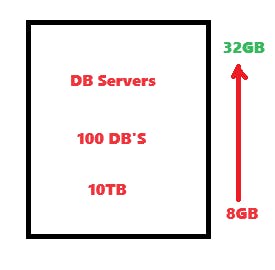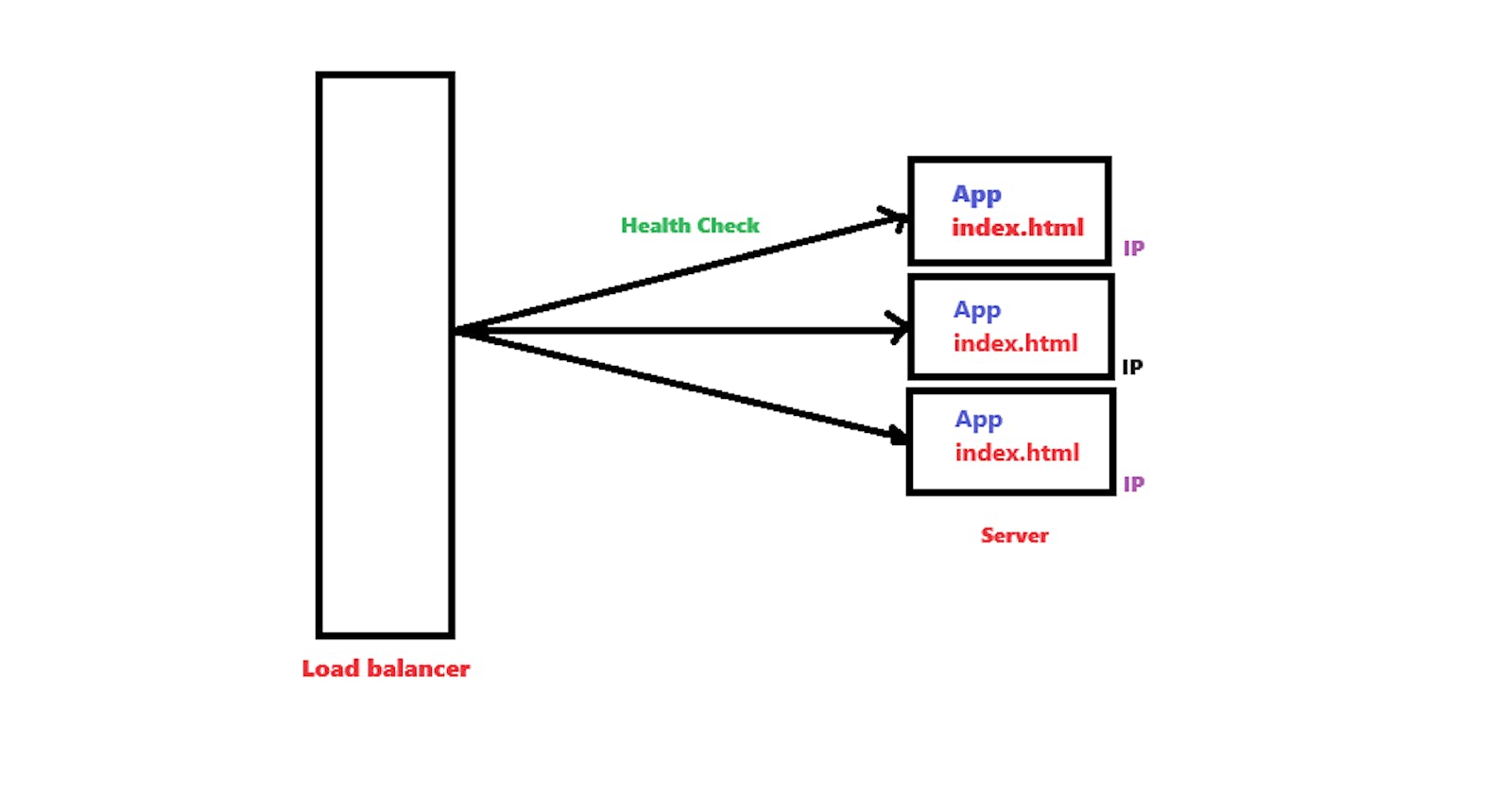3 T's of AWS are:
Elasticity
Scalability
High Availability
1 . Elasticity
Increasing or decreasing the number of servers based on the load is called as elasticity. Elasticity is also called as Horizontal Scaling.
Elasticity is short time process.
It can be achieved in AWS using Auto-Scaling.
Auto-Scaling = Scale out/add and Scale in/remove.
It use the same capacity of the server in auto scaling group (ASG).

Example: Consider an online shopping site Flipkart.com whose transaction workload increases during festive season like Big Billion Days. So for this specific period of time, the resources need a spike up. In order to handle this kind of situation/traffic, we can go for a Elasticity service rather than Cloud Scalability. As soon as the season goes out, the deployed resources can then be requested for withdrawal.
2 . Scalability
Increasing the capacity of the server, Scalability is also known as Vertical Scaling. It is a long term.
Scalability = Scale up and Scale down
Scalability can be achieved in AWS using by changing the instance type.
Instance Type = CPU + Memory

Example: Consider you are the owner of a company whose database size was small in earlier days but as time passed your business does grow and the size of your database also increases, so in this case you just need to request your cloud service vendor to scale up your database capacity to handle a heavy workload.
3 . High Availability
The period of time the service is available to the customer is called high availability.
The period of time the service is not available to the customer is called down time.
High Availability is measured in percentage.
Load Balancer will do the health checks for application not server. LB is doing monitoring.

High Availability
Redundancy
Monitoring
Failover
Redundancy : Duplicate/having same application on different machine.
Monitoring : Load balancer will check the application is reachable or not using health check.
Failover : If one service goes down, other will take the requests send by LB.
0 down time = Auto-Scaling = Fault Tolerance.
